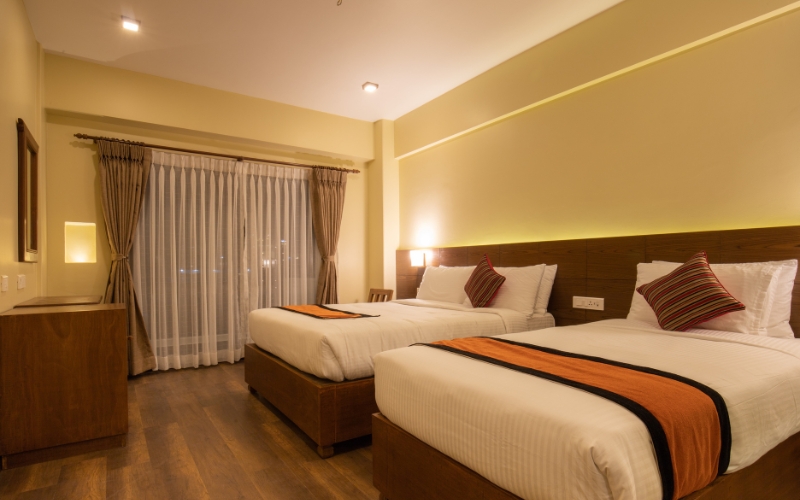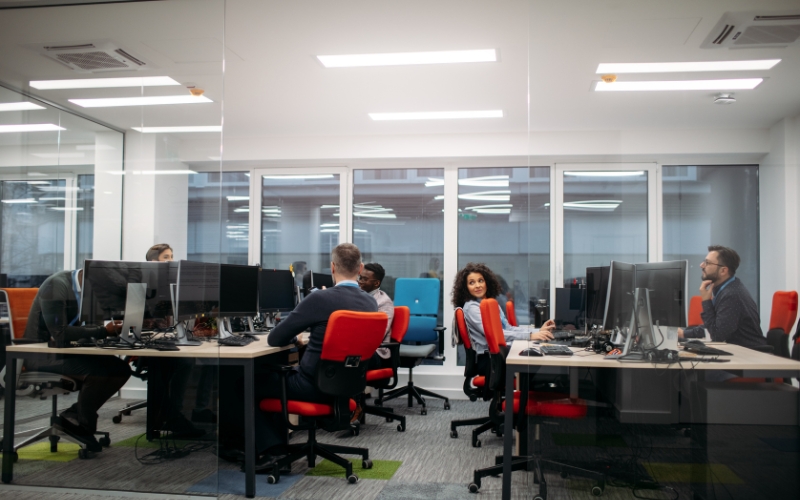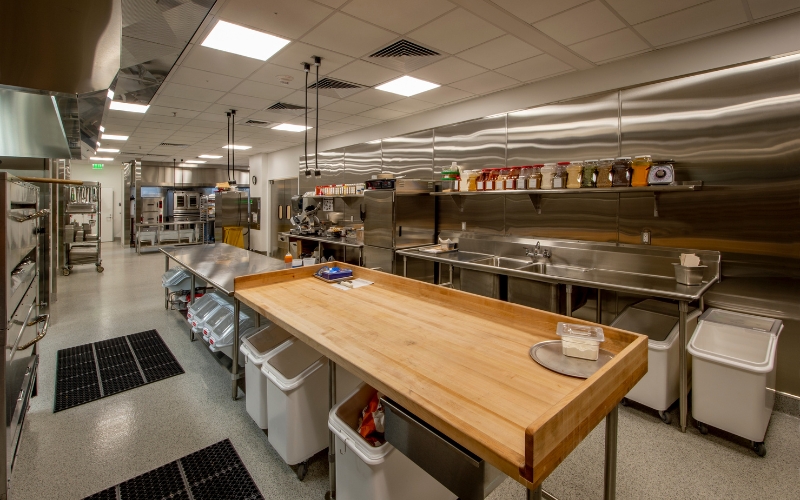Summer travel is in full swing, which means hotels, resorts, and other hospitality venues are reaching their busy season. From family vacations to business trips and weddings, guests are checking in at high rates with high expectations. Clean rooms, comfortable temperatures, and friendly service are always top of mind. Still, there’s an invisible element that can have just as significant an impact on the guest experience: indoor air quality.
Indoor air quality in hospitality settings plays a large role in both guest experience and operational safety. As occupancy increases during peak season, so do the risks associated with poor indoor air quality. Whether it’s odors, allergens, airborne pathogens, or moisture-related mold issues, the air inside a hotel can quickly become a liability if not properly managed.
The Summer Spike: More People, More Potential Problems
Summer is often the busiest time of year for hotels. More guests mean increased use of HVAC systems, more foot traffic that brings in pollen and particulates, and more cleaning products used to keep spaces presentable. All of that activity adds up to increased airborne contaminants and more strain on building systems designed to control them.
Certain areas are particularly vulnerable:
- Lobbies and elevators, where high turnover and shared air increase the risk of exposure.
- Fitness centers, where moisture, sweat, and poor ventilation create the perfect storm for microbial growth.
- Housekeeping closets and storage areas, where chemical off-gassing from cleaning supplies can linger in confined spaces.
- Guest rooms, especially those that have been sealed for extended periods, may harbor stale air or conditions that promote mold growth.
Even with rigorous surface cleaning protocols in place, what’s in the air often goes unnoticed and unaddressed.
Guest Experience Goes Beyond Clean Sheets
Today’s traveler is more aware than ever of environmental health. Post-pandemic, there’s a lingering expectation that hotels will take steps to maintain clean, breathable air, not just tidy surfaces. Several studies have shown that factors like air freshness and odor heavily influence perceived cleanliness (which directly impacts guest satisfaction scores).
For example:
- A 2023 survey by Fellowes noted that air quality and ventilation ranked among the most common complaints in guest feedback.
- The CDC continues to recommend improved ventilation and air purification in shared indoor spaces to reduce the spread of airborne pathogens.
Poor indoor air quality doesn’t just risk negative reviews—it risks real health impacts, both for guests and staff.
Taking a Proactive Approach to Indoor Air Quality in the Guest Experience
Hospitality leaders are starting to view air quality as a core component of facility management, rather than just a nice-to-have. From upgrades to HVAC systems to the addition of active air purification technologies, many properties are exploring new ways to make clean air a standard part of the guest experience.
That’s where Synexis comes in.
Our technology is designed to work continuously in occupied spaces, addressing air and surface contamination without interrupting day-to-day operations. That means no closures, no downtime, and no tradeoffs. By reducing airborne mold, bacteria, and viruses—even in high-traffic or hard-to-clean areas—hotels can take a proactive step toward creating a safer and healthier environment for everyone.
Why It Matters Now
With peak season underway, the time to address air quality is now, not after complaints begin to roll in. Investing in better IAQ not only protects guests and staff but also reinforces your brand’s commitment to health, comfort, and high standards.
As you prepare rooms, polish lobbies, and train seasonal staff, don’t forget to maintain the air quality.
Because a five-star stay doesn’t just look good; it feels good, too.
To speak with an IAQ expert from Synexis, fill out this form and we’ll be in touch as soon as possible.
And to learn more about Synexis, click here.









